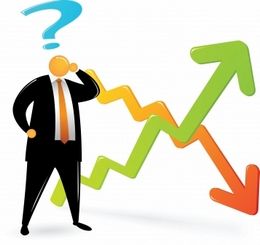Is the coming financial collapse going to be inflationary or deflationary? Are we headed for rampant inflation or crippling deflation? This is a subject that is hotly debated by economists all over the country. Some insist that the wild money printing that the Federal Reserve is doing combined with out of control government spending will eventually result in hyperinflation. Others point to all of the deflationary factors in our economy and argue that we will experience tremendous deflation when the bubble economy that we are currently living in bursts. So what is the truth? Well, for the reasons listed below, I believe that we will see both. The next major financial panic will cause a substantial deflationary wave first, and after that we will see unprecedented inflation as the central bankers and our politicians respond to the financial crisis. This will happen so quickly that many will get "financial whiplash" as they try to figure out what to do with their money. We are moving toward a time of extreme financial instability, and different strategies will be called for at different times.
So why will we see deflation first? The following are some of the major deflationary forces that are affecting our economy right now...


